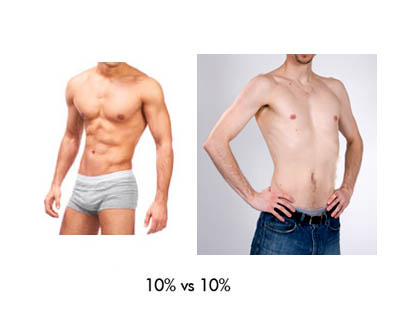Yes don't do what the 16 year old I sometimes train next to does and forget to breathe - he might have a bunch of junior records in the country etc but it gives me something to laugh about when he's always doing this. 


Just saying hi as a lurker....some of the numbers you guys lift are insane.
I am starting out so my bench PB last Saturday was 30kg (so 50kg with the bar) but it felt fantastic to have 'proper weight' on it. Got a push/pull/legs going for the past 3 weeks (5 days a week) and the diet/no alcohol is speeding me along...!
Squat - 45kg 2x5
Deadlift - 70kg 1x6
I have a question about hypertrophy training based on the above. With any type of training are you not just trying to lift the heaviest you can just with a higher rep range in hypertrophy based training? In which case wouldn't a belt be useful as it would be just as difficult?
If you're not lifting the heaviest weights you can, when would you know when to move up?
Hi all. I've been lifting weights for about 8 months now and am 5'11" and 93Kg, ~23% body fat, 39yo.
I've seen really significant improvements in how my body looks, but it could be much better and I'm struggling with what I should do next in terms of:
1. Continuing what I'm doing, which is basically eating (as healthy as possible but not strict) and lifting as much as possible, with almost no cardio, vs.
2. 'Cutting' i.e. more cardio in the form of skipping and incline treadmill, continuing with compound lifts as heavy as I can maintain
I feel that my body fat is too high but also that I'm not strong / muscly enough. I'm training 2-3 times per week and as long as I eat enough each week, my lifts are improving at a reasonable rate.
My goal isn't to look like a strong man but I do want to improve my lifts and build more muscle, and I suppose just have a better looking body.
What do you think I should do / focus on? Thanks for any advice.
How are you guys measuring bodyfat accurately?
My gym has a Boditrax system which i am using weekly to track progress but read it isn't totally accurate.

V useful - thanks and to everyone else who replied!
Surprised to hear its a mirror if i am honest!
I'm probably being a little over the top but assuming I'm going to be sedentary for 2 weeks, should I adjust my calories?

My back is feeling a lot better today, just from rest and also after seeing the physio. I think for a few months I'm going to try some hypertrophy based lifting, I think it will be kinder on my back.
Is there any 3 day routines recommended?
Preferably something I can do without squats/deadlifts but able to substitute them in within a month. I'm sure I could do light squats/deads next week but it's too tempting to start piling on weight when I'm in the rack.
I quite like the idea of an a/b day to ensure I'm hitting each group enough.
How heavy does one need to lift on deadlifts before they need to invest in a weight belt?
How long has he been lifting at that age?
On that note, what is perceived wisdom re when kids can start to weight train? My son is 11.5 and has asked.
Thinking of getting some weightlifting shoes off strength shop for squats and deadlifts. Ive always done squats and deadlifts in my socks and have been fine, any reason why i should get some proper weight lifting shoes besides smelly feet haha.
I’ve considered squat shoes for a while, but am still carrying on merrily with my metcons. Nearly up to 200kg squat, so they can’t be that bad.
Yep theres a reason they are referred to as Olympic weightlifting shoes

I'm definitely nowhere near 200kg on anything.
It's only squats and deadlifts sometimes jumping by 5kg (but only 2.5kg the rest of the time). I think I may just stick to adding 2.5kg no matter what it says so I don't plateau too early.
Bench and shoulders also give me the same weight 2 weeks in a row at points (which I don't mind because I doubt I'll get to 12 weeks without failing anyway).

